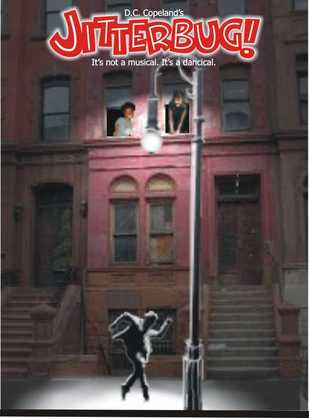By the early 60's dances like The Stroll and especially the Twist finally took Shorty Snowden's wonderful innovation-- "the breakaway"-- and made it permanent. Whether Snowden was aware of it or not, he was reaching back to his African roots where partner dancing was basically unheard of.
Now it appears the only people dancing the Jitterbug today are white people, that they have in fact co-opted the dance born in Harlem. Still if you search hard enough you will find people like Ryan Francois (a black Brit dancing with a white partner) and, as far as I can tell, one of the few African American groups still carrying on the tradition like The Harlem Swing Dance Society/-- but who have few, if any, young members (it's interesting to note that a member of that group offers up this explanation for its skewed older demographic: when the great Harlem ballrooms finally closed, no one passed on the dance to their children). Of course, it also had a lot to do with the decline in swing bands and the advent of rock and the natural tendency of the next generation to want to "break away" from whatever it was their parents embraced.
As for Mr. Francois, the dance below comes closest to the one I wrote for my main protagonist: Billy Rhythm, dancing under a Harlem street lamp, uses only his feet and body to express his love for Tharbis Jefferson as she leans out of her second story tenement window. When watching it, try to imagine just one guy dancing in this "Romeo and Juliet" moment because what I was trying to capture was the magic of Gene Kelly's memorable Singing in the Rain dance number and reimagining it without singing or music (or rain); stripping it down to its joyful heartfelt African influenced American core.

 RSS Feed
RSS Feed
